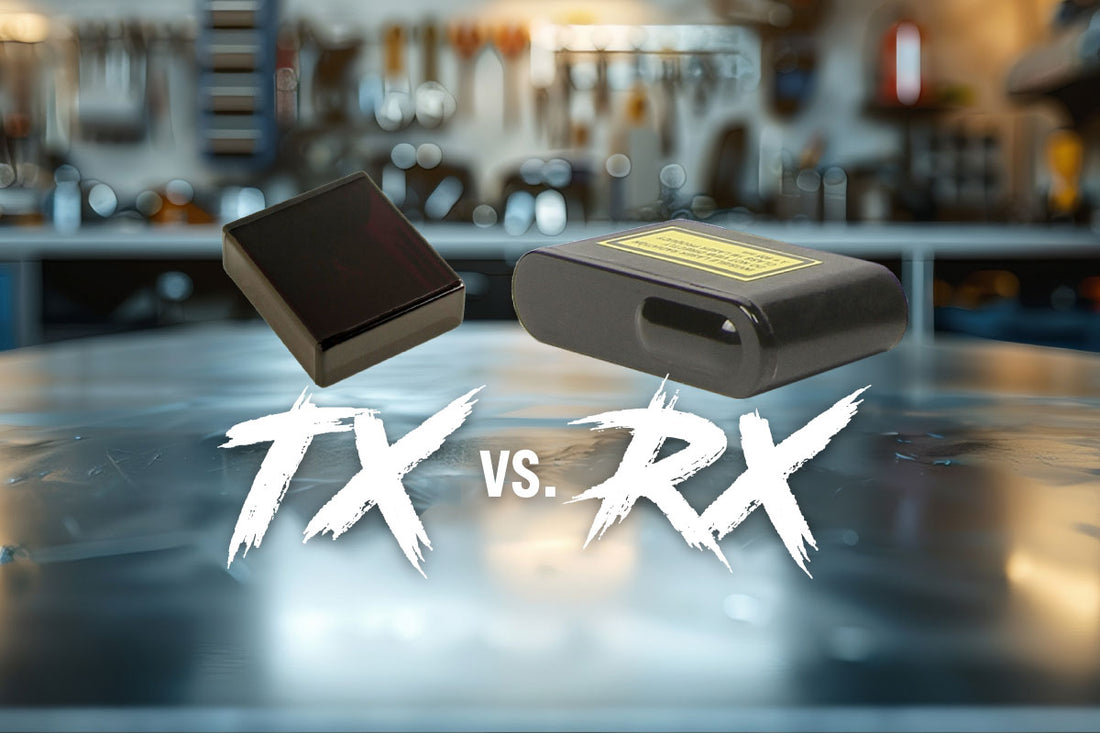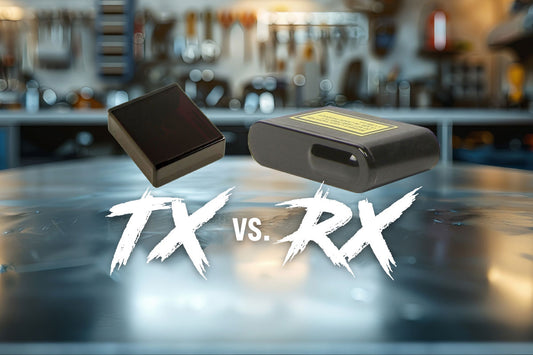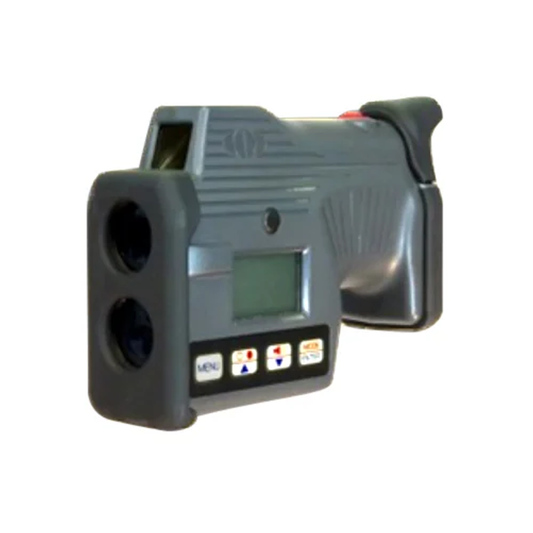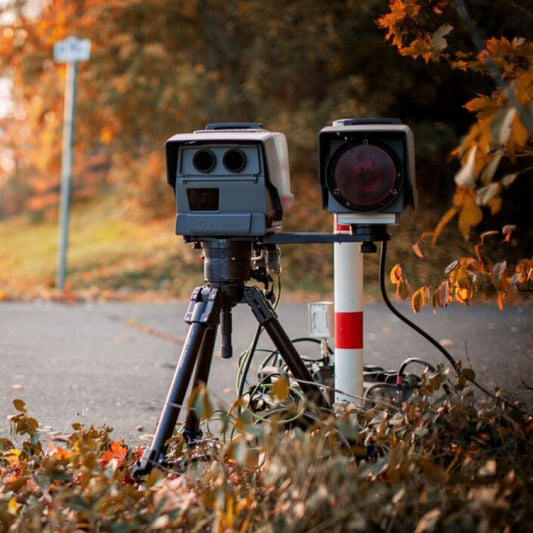For drivers seeking the ultimate in laser defence, understanding the difference between AL Priority's TX and RX sensors is crucial. This advanced technology represents a significant evolution in laser jamming capabilities, offering enhanced protection against modern police LIDAR (Laser) guns.
The Basics: Standard (RX) ALP Sensors
Traditional ALP sensors (RX) are equipped with two key components:
- One transmit diode
- One receive diode
These sensors are designed with horizontal orientation to provide optimal coverage for a vehicle's width. The basic function involves receiving laser pulses from police LIDAR guns and transmitting jamming pulses in response.
The Evolution: The TX Sensor Advantage
The latest TX-Black sensor represents a revolutionary approach to laser defence, featuring:
- Three transmit diodes
- No receive diodes
- Must be installed with standard (RX) sensors
- Requires installation at least 20 inches off the ground
- GPS-controlled activation (operates above 25 mph only)
- An absolute must in areas with high presence of DragonEye®
Benefits of TX Sensor Implementation
The TX-Black sensor configuration offers several advantages:
- Doubled receive sensitivity through dedicated outer sensors
- Enhanced transmit power with triple diode arrangement
- Improved vertical coverage through multi-oriented transmit diodes
System Configuration and Performance
When using a three-sensor setup with RX sensors:
- Middle sensor switches to receive-only mode when detecting VPR guns
- Outer sensors alternate transmission duties
- System maintains optimal sensitivity through real-time adjustments
With TX sensor configuration (2 RX + 1 TX):
- Outer sensors handle reception exclusively
- Center TX sensor manages all transmission
- Three transmit diodes alternate for maximum coverage
Configurations for Different Vehicles
Front Installation:
- Recommended: Two regular sensors + one TX sensor (center)
Rear Installation:
- Large vehicles: Two regular sensors + one TX sensor
- Smaller vehicles: One regular sensor + one TX sensor
TX Sensor Installation Notes
Proper installation is critical for optimal performance:
- Front installation: TX sensor must use the Middle F2 port
- Rear installation: TX sensor must use the R2 port
- Height requirement: Minimum 20 inches from ground
- GPS antenna requirement: Mandatory for TX operation
TX Sensor Caveats
While the TX sensor offers superior protection, users should note:
- Height restrictions may limit use on low-profile vehicles
- GPS antenna requirement affects operation below 25 mph
- Specific port requirements must be followed for proper function
The AL Priority TX-Black sensor represents the cutting edge in laser jamming technology, offering enhanced protection against modern LIDAR threats. When properly installed and configured, it provides superior defence capabilities that standard sensors cannot match. For drivers serious about laser protection, understanding and implementing this technology correctly can make a significant difference in their defence strategy.
Remember: the effectiveness of any laser defence system depends on proper installation and configuration. Professional installation is recommended to ensure optimal performance and compliance with local regulations.





